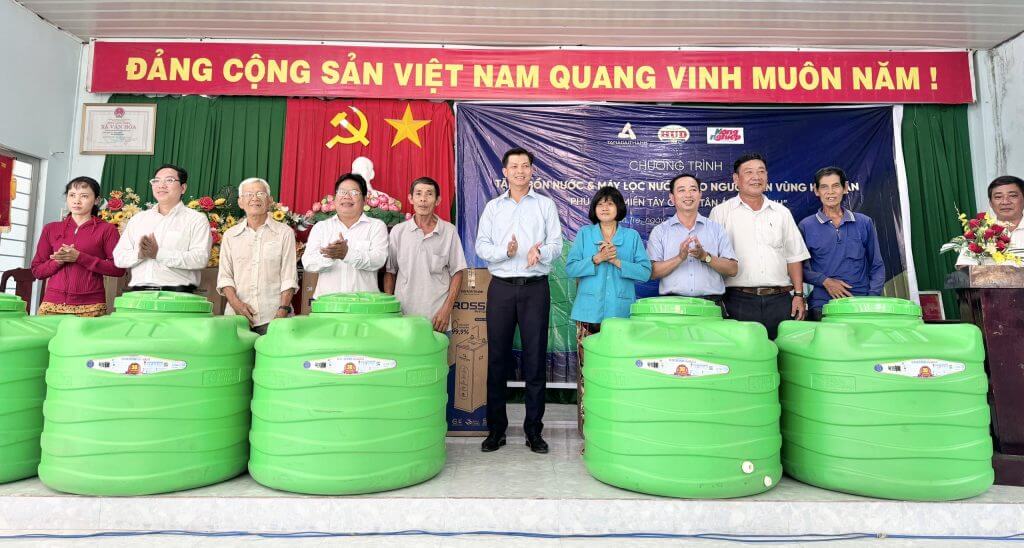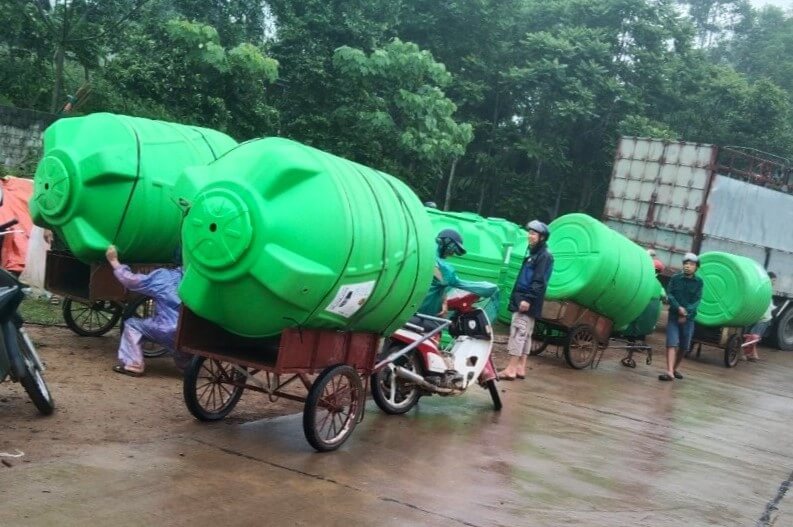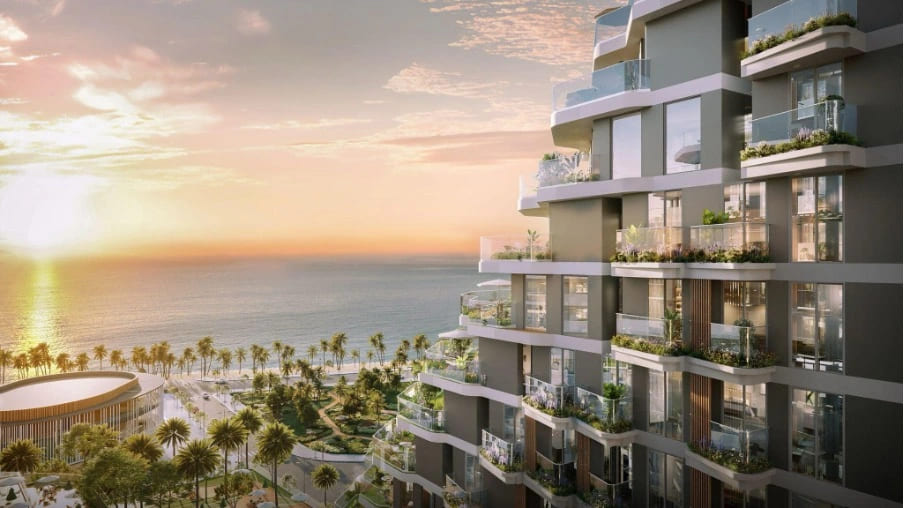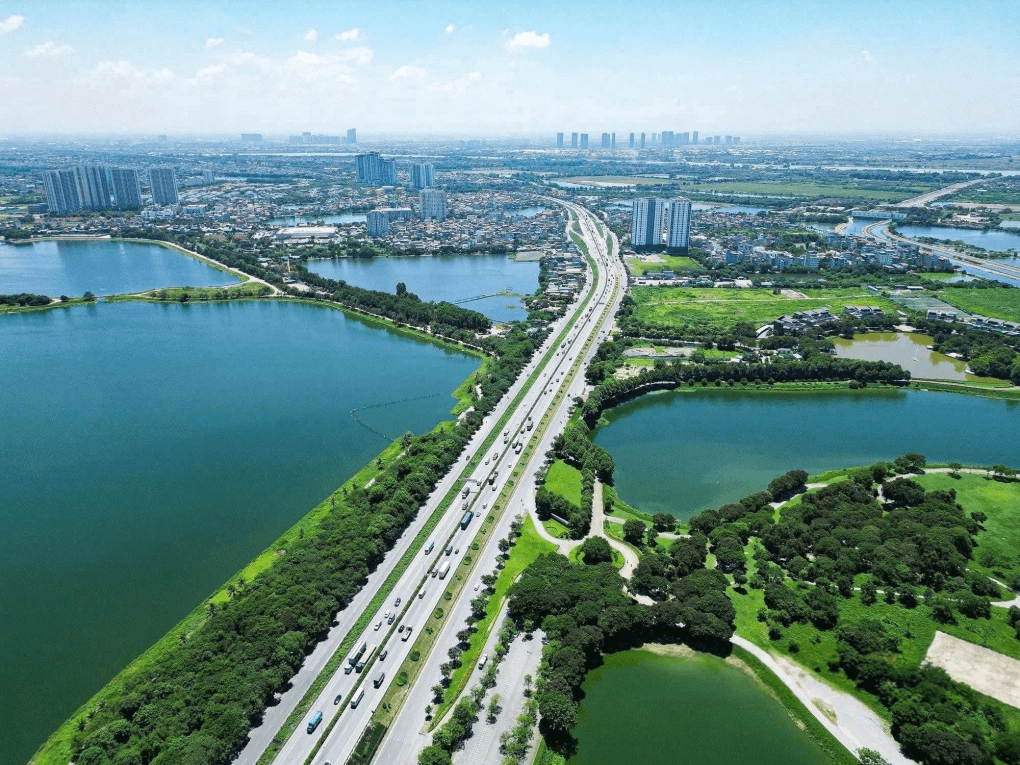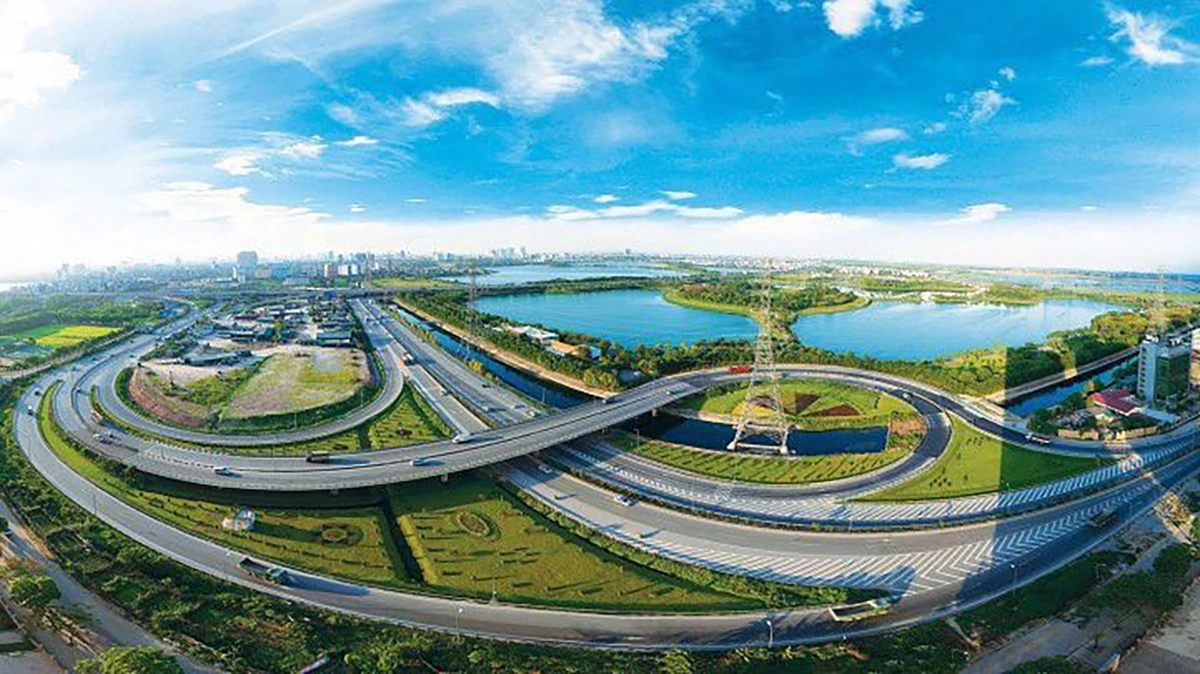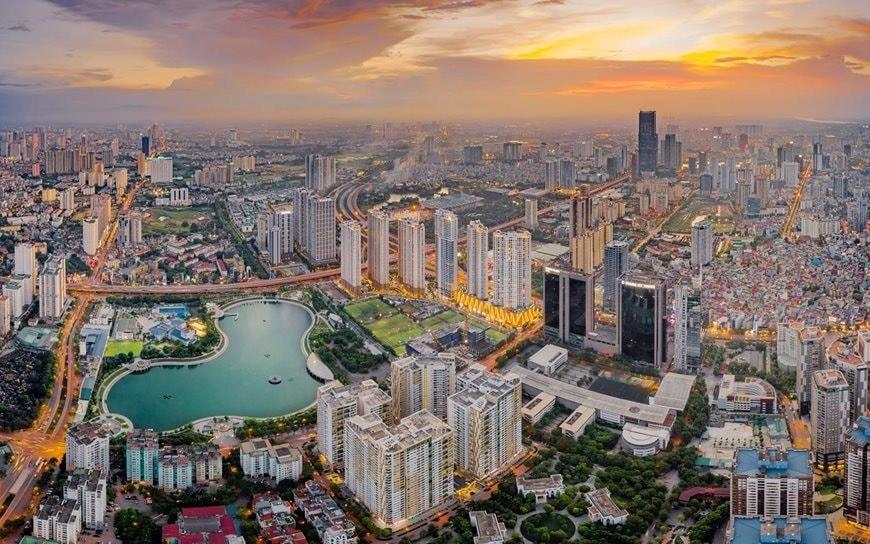Competitive pricing, infrastructure investment, and green space advantages are increasing the appeal of real estate in South Hanoi.
According to the latest report from CBRE, Hanoi’s real estate market saw a rise in supply in 2024, primarily from mega-urban projects in Nam Tu Liem and Gia Lam. In Q4, the average primary apartment price reached VND 72 million per square meter, a 36% increase year-on-year—marking the highest level in eight years.
The western and eastern areas of the capital continued to lead in supply during Q1/2025, with an average price of about VND 75 million per square meter, up 34% compared to the same period last year.
Meanwhile, real estate prices in Hoang Mai District—a typical representative of the southern area—are only about two-thirds of those in the west and east, according to data from Batdongsan.com.vn. Thanks to this price advantage, Hoang Mai has seen a significant surge in transactions, ranking among the top five areas with the highest liquidity in 2024, according to statistics from OneHousing.
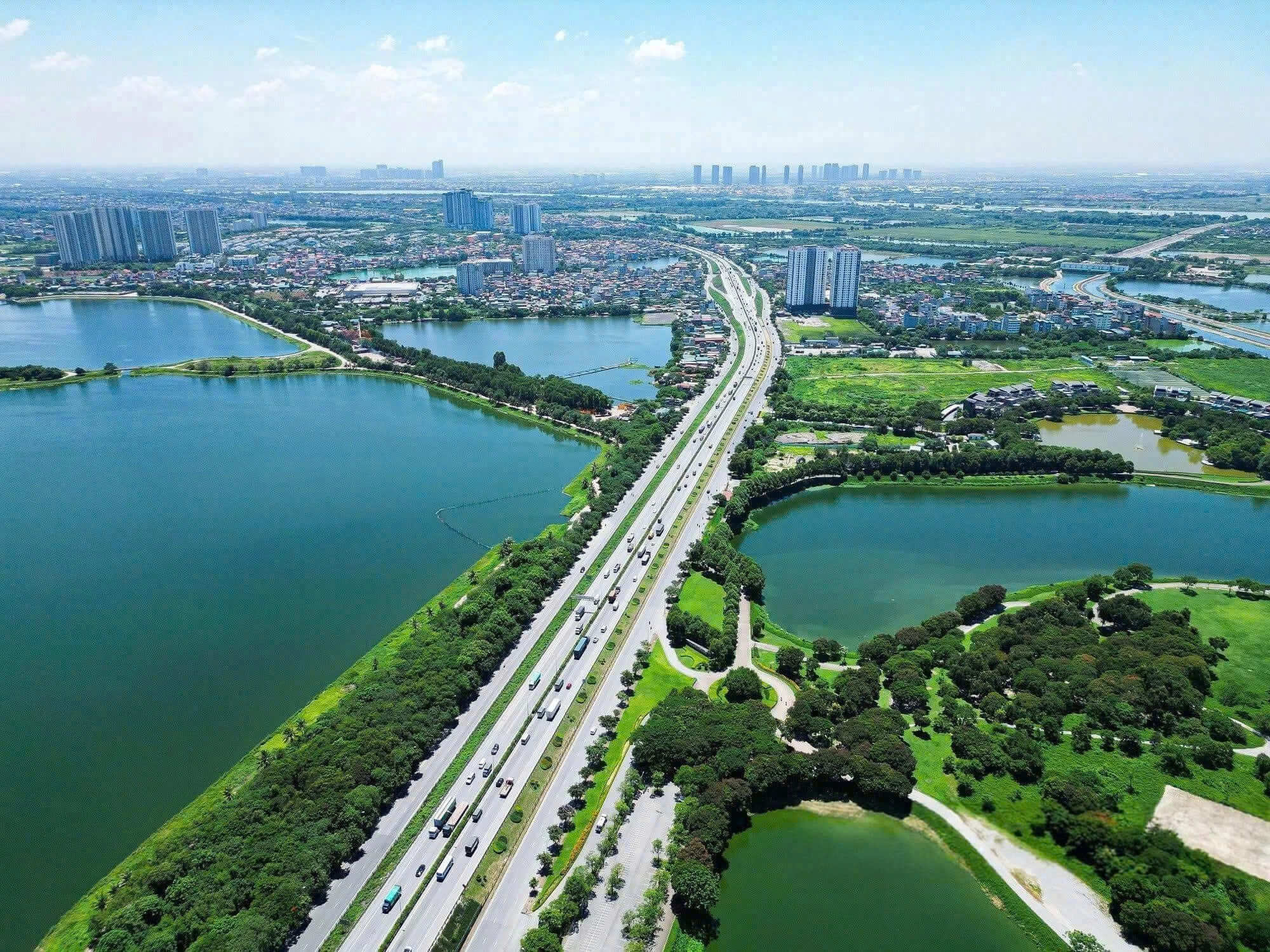
Infrastructure in southern Hanoi. Photo: Phuong Hong
Hanoi is considering building a second airport in the southern area with a designed capacity of 50 million passengers per year, according to the General Planning Adjustment Project to 2045 with a vision to 2065.
Additionally, the city proposes developing a “southern city”—an integrated urban area acting as a hub for multimodal transportation services, linking air, national and urban railways, waterways (Red River), and expressways such as Phap Van – Cau Gie and National Highway 5B.
Over the past decade, infrastructure in the South has seen substantial investment, especially with Ring Road 3—particularly the elevated Linh Dam – Mai Dich segment—connecting the East-West-North-South axes. This route not only shortens travel time to the city center but also serves as a strategic transport corridor.
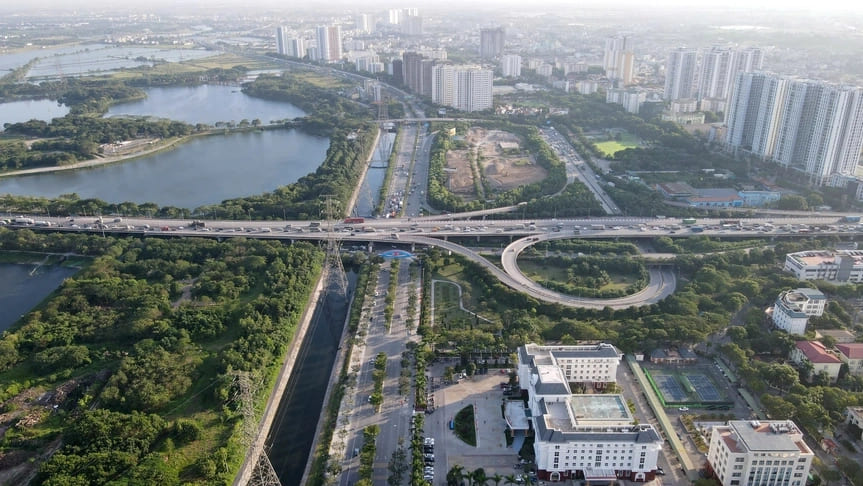
Well-planned transportation infrastructure in southern Hanoi. Photo: Trong Hieu
The Phap Van – Cau Gie expressway and National Highway 1A establish the area as a gateway connecting with neighboring provinces. The Giai Phong – Ngoc Hoi axis continues to channel traffic from the city center to the South.
Coming soon, the Ring Road 4 of the Capital Region will create a network connecting satellite urban areas and seven key expressways in northern Vietnam. Metro Line 8 (Son Dong – Duong Xa) is planned to pass through Thanh Tri District, further expanding connectivity between the South and inner-city areas.
A major advantage of the South is its living space. According to Maison Office, population density in Hoang Mai is around 13,400 people per square kilometer, and about 4,500 in Thanh Tri—significantly lower than in districts like Hai Ba Trung, Dong Da, or Thanh Xuan.
The area also boasts ample green spaces, such as Linh Dam Lake, Yen So Lake, and the 323-hectare Yen So Park. Additionally, many new urban areas here integrate small parks and playgrounds, creating a fresh, healthy living environment.
Southern Hanoi is also a rising star thanks to increasingly complete infrastructure and amenities. The area is home to major hospitals such as Bach Mai, Viet Phap, and the National ENT Hospital, along with universities like Hanoi University of Science and Technology, National Economics University, and University of Civil Engineering.
Recently, some developers have chosen the South to launch new projects, anticipating the growing demand from residents moving out of the inner city. According to experts, the trend toward green living spaces will be a strong driver for real estate in this region.
Song Anh



